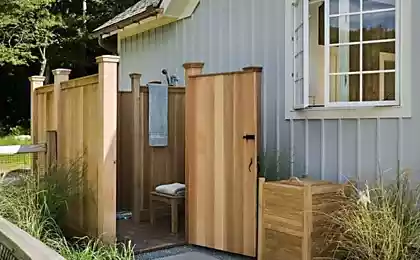177
What to do if the shower water is clogged
Probably not even a year has passed since the moment when this watering pot for the shower was bought, and here again... The smallest holes are clogged with water stone, and streams of water splash in all directions. How to disassemble the watering water from the shower and, if possible, clean from lime plaque?

You can, of course, take a small carnation and, without dissecting anything, pick them clogged holes. But there's a better way. And "Site" He knows what.
How to disassemble a watering pot for a shower, magnesium salt and calcium from hard tap water settle on plumbing, forming a white lime plaque. In some cases, this looks simply unaesthetic, in others it leads to serious breakdowns over time (such as in washing machines and water heaters).

Raid on a watering watering shower is not the biggest trouble, but it irritates the hostess, because it can be difficult to get rid of. Fortunately, the bicycle has long been invented, it remains to learn how to use it.

An excellent and repeatedly tested means of removing lime plaque is ordinary citric acid. Soaking the entire leuka in citric acid can be inconvenient, so you first need to disconnect it from the hose.
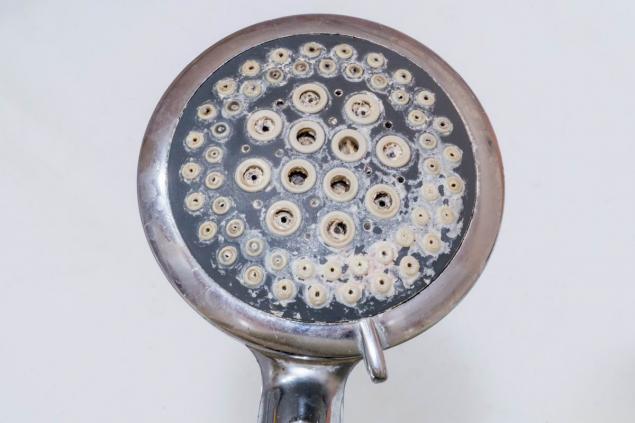
If you look closely, you can see that most of the holes are filled with plaque. The next step is to remove the watering cap.

In some designs, it unscrews entirely, in others first you will have to unscrew the central plug. Underneath it is a screw connecting the watering cap to its body.
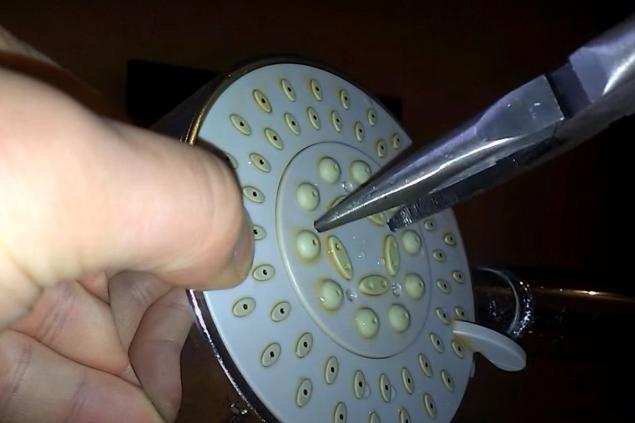
In waterways with a switch, a pin key may be needed, but it can be replaced with long-lips (as in the photo) or scissors with rounded ends.
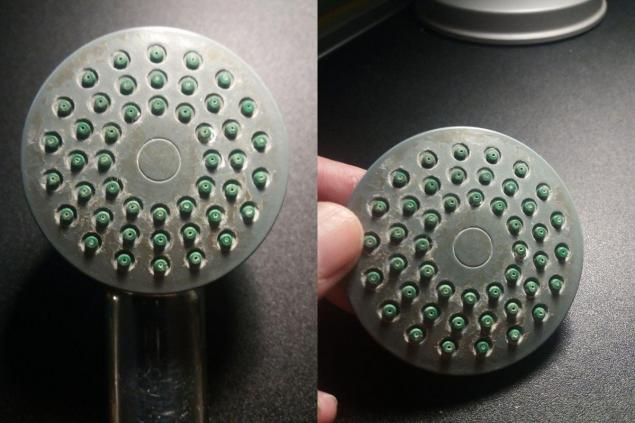
We'll only need this part. I bought an 80-gram bag of citric acid from the grocery store, but half of it would be enough.
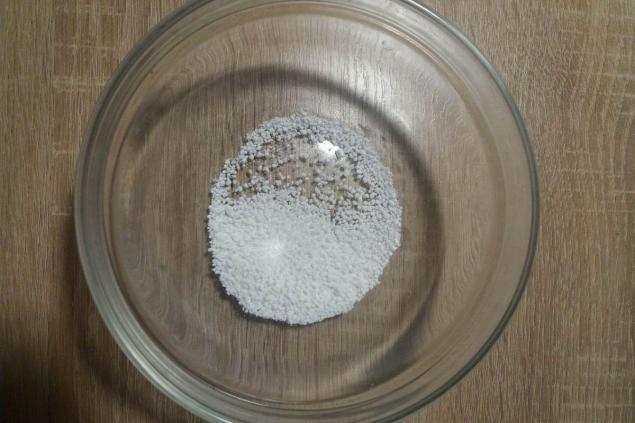
Pour citric acid into a deep plate and pour hot water. Put the lid in the water and, if necessary, share boiling water.

We'll have to wait 30-60 minutes. Then take out the lid and check the holes.

That's it, the leuka is new again. I didn't even have to brush it. You just have to put it on the hose and take a shower.
If the shower is not removable and there are not very many deposits - pour the solution of vinegar into a plastic bag and tie so that the nozzle is completely immersed in the mixture. Leave the product for two hours, then rinse with warm water.

You can, of course, take a small carnation and, without dissecting anything, pick them clogged holes. But there's a better way. And "Site" He knows what.
How to disassemble a watering pot for a shower, magnesium salt and calcium from hard tap water settle on plumbing, forming a white lime plaque. In some cases, this looks simply unaesthetic, in others it leads to serious breakdowns over time (such as in washing machines and water heaters).

Raid on a watering watering shower is not the biggest trouble, but it irritates the hostess, because it can be difficult to get rid of. Fortunately, the bicycle has long been invented, it remains to learn how to use it.

An excellent and repeatedly tested means of removing lime plaque is ordinary citric acid. Soaking the entire leuka in citric acid can be inconvenient, so you first need to disconnect it from the hose.

If you look closely, you can see that most of the holes are filled with plaque. The next step is to remove the watering cap.

In some designs, it unscrews entirely, in others first you will have to unscrew the central plug. Underneath it is a screw connecting the watering cap to its body.

In waterways with a switch, a pin key may be needed, but it can be replaced with long-lips (as in the photo) or scissors with rounded ends.

We'll only need this part. I bought an 80-gram bag of citric acid from the grocery store, but half of it would be enough.

Pour citric acid into a deep plate and pour hot water. Put the lid in the water and, if necessary, share boiling water.

We'll have to wait 30-60 minutes. Then take out the lid and check the holes.

That's it, the leuka is new again. I didn't even have to brush it. You just have to put it on the hose and take a shower.
If the shower is not removable and there are not very many deposits - pour the solution of vinegar into a plastic bag and tie so that the nozzle is completely immersed in the mixture. Leave the product for two hours, then rinse with warm water.




